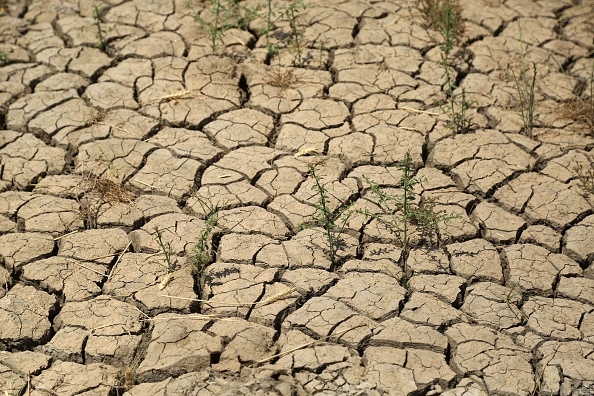Europe is drying out. A shortage of rain in combination with lots of vaporization causes water shortages. The demand for water in the Netherlands is bigger than the supply through rain and rivers. The Netherlands is going to take measures in the coming weeks to divide the water. What’s going on?
A European Problem
From dry and cracked reservoirs in Spain to a decrease in water supply through rivers like the Danube, Rhine and the Po, an unprecedented drought is afflicting nearly half of the European continent. It is damaging farm economies, forcing water restrictions, causing wildfires, and threatening aquatic species.
There has been no significant rainfall for almost two months in Western, Central, and Southern Europe. And the dry period is expected to continue in what experts say could be the worst drought in 500 years.
The European Commission’s Joint Research Center warned this week that drought conditions will get worse and potentially affect 47% of the continent.
The current situation is the result of long periods of dry weather caused by changes in the world weather systems, said meteorologist Peter Hoffmann. “It’s just that in summer we feel it the most. But actually, the drought builds up across the year.”
Climate change has lessened the temperature differences between regions, sapping the forces that drive the jet stream (predominantly westerly air currents encircling the globe several miles above the earth), which normally brings wet Atlantic weather to Europe, he said.
A weaker or unstable jet stream can result in unusually hot air coming to Europe from North Africa, leading to prolonged periods of heat. The reverse is also true when a polar vortex of cold air (an extensive, long-lived, rotating low-pressure system located near the north or south pole, especially in winter) from the Arctic can cause freezing conditions far south of where it would normally reach.
Some European farmers are using water from the tap for their livestock in areas where ponds and streams have gone dry, using up to 100 liters (26 gallons) a day per cow.
EU corn production is expected to be 12.5 million tons below last year and sunflower production is projected to be 1.6 million tons lower, according to a report from S&P Global Commodity Insights. This may cause an increase in the cost of these products.
Measurements in the Netherlands
At this moment, only a few measurements are taken. For example, a ban to spray crops with surface water or sluice restrictions for ships.
Since 13 July 2022, it has been scaled to the level of imminent water shortage (level 1). As of today, a national actual water shortage (level 2) applies.
The shortage of water mainly affects agriculture and shipping, because some waterways will be blocked, and crops can no longer always be irrigated. In addition, nature is affected, as rivers, ditches and lakes supply less fresh water. There is no shortage of water from the tap.
In recent weeks, some water boards have already had to take measures to cope with the drought. In this way, the water level of the Ijsselmeer is kept as high as possible, since a large part of the Netherlands gets its fresh water from there. Pumps and locks have also been used in various places to properly distribute water between the rivers.
In the event of a water shortage, the displacement sequence is activated. This demands that we give priority to safe dikes and the prevention of irreversible damage to nature, for example. It will then ensure that our drinking water and energy supplies continue functioning.
The occasional local showers offer limited relief for several days. The drought and its effects are expected to increase further from next week.
Sufficient drinking water is and remains available. The Dutch must handle their tap water consciously. The drinking water companies’ firm advice is that using less water is always better, all year round.

Sources:
https://www.nrc.nl/nieuws/2022/08/11/europa-is-opgedroogd-a4138679

Leave a Reply